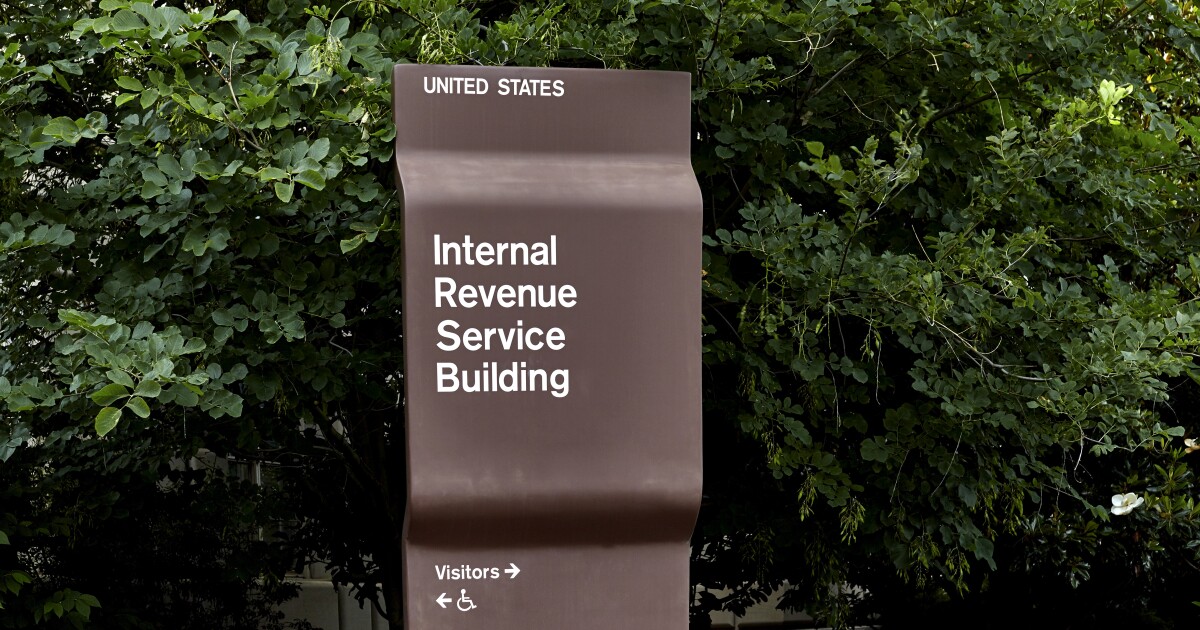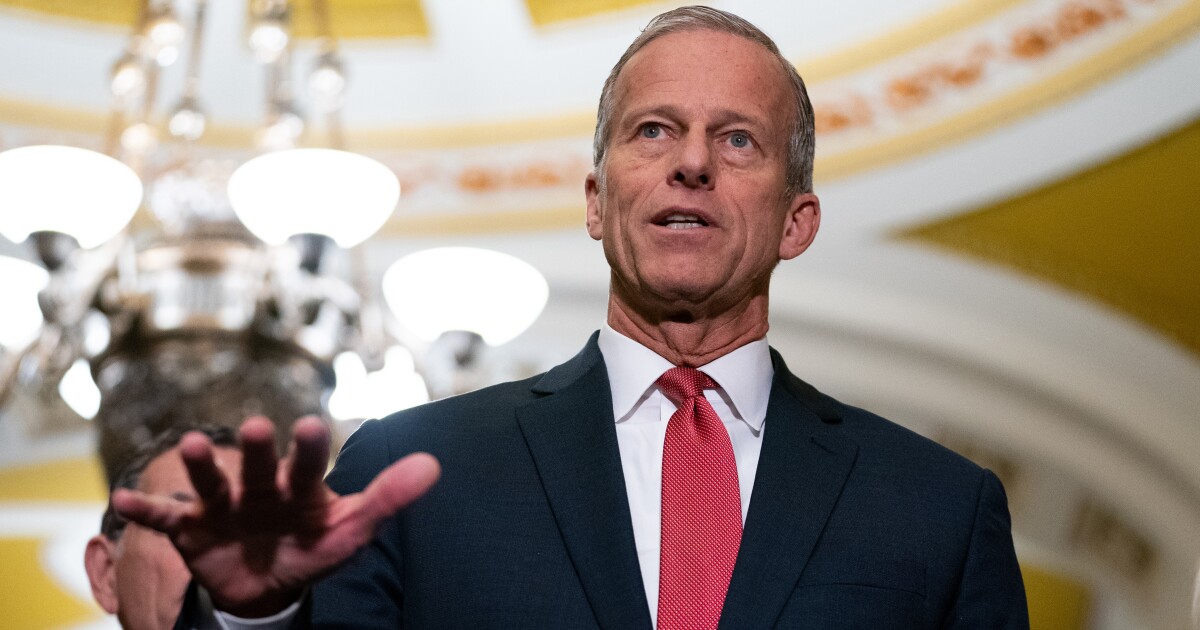A landmark research study by the Governmental Accounting Standards Board has provided one of the most detailed examinations to date of how state and local governments in the United States use GAAP.
The findings, published in the March 2025 staff working paper “Financial Reporting Framework Requirements for State and Local Governments: Evaluating GAAP Choice,” not only assess current reporting practices but also offer insight into how forthcoming federal regulations — specifically the Financial Data Transparency Act — may reshape the landscape of public-sector financial disclosure.
The study confirms that all 50 U.S. states utilize GAAP in their financial reporting, a testament to the foundational role these standards play in ensuring transparency, consistency and comparability. However, GAAP adoption among local governments is more fragmented. Among the 2,209 audited local governments examined, 74% of counties and 71% of municipalities were found to follow GAAP, with audited special districts showing an even higher utilization rate of 89%. These findings, while robust, apply only to governments that issue audited financial statements. When the researchers extrapolated to a broader sample — accounting for governments without accessible reports — estimated GAAP usage ranged from 77% to 79% for counties and 67% to 74% for municipalities, depending on the assumptions applied.
One of the key contributions of the study is its categorization of state-level financial reporting requirements. Each state has the authority to determine whether and how GAAP is mandated. The researchers placed states into five categories: those that require GAAP with no exceptions; those that require it with exceptions; those that prescribe a non-GAAP framework with or without exceptions; and those that do not specify a framework at all. While GAAP is universally required at the state level, the requirements for counties, municipalities and special districts are far more variable. The lack of a uniform mandate at the local level has created a fragmented reporting environment, especially for smaller jurisdictions.
To better understand why some governments adopt GAAP even when it’s not required, the study analyzed a sample of 1,372 counties, municipalities and special districts in seven states that offer flexibility in choosing their reporting framework. Several statistically significant factors were found to influence GAAP adoption. Larger governments, measured by total revenue, are more likely to utilize GAAP. The same is true for governments carrying higher levels of outstanding debt, particularly those that issue public debt requiring continuing disclosures to the Municipal Securities Rulemaking Board. Additionally, governments subject to a federal Single Audit — triggered by the receipt of $750,000 or more in federal funding — were more inclined to adopt GAAP, likely because of the audit standards and federal oversight such funding entails.
The most striking finding of the study was the impact of state-supported alternative financial reporting frameworks. In states like Indiana, Kansas and Washington, which offer comprehensive non-GAAP frameworks complete with manuals, templates and technical support, governments were up to 12 times less likely to use GAAP. Among governments subject to a Single Audit, those without a state-supported alternative were 36 times more likely to follow GAAP. This dramatic disparity illustrates the powerful role that institutional support — and not just regulation — can play in shaping accounting practices.
The researchers also contextualize these patterns using institutional theory, which posits that governments adopt certain practices not merely for technical reasons, but to signal legitimacy to stakeholders. Engagement in professional associations and the need to demonstrate transparency to voters, creditors and oversight agencies all serve as pressures toward GAAP adoption. In some cases, political scrutiny or financial mismanagement has led to legislative reforms mandating GAAP compliance, underscoring the symbolic as well as practical importance of standardized reporting.
These findings are especially relevant as governments prepare for the implementation of the Financial Data Transparency Act, passed in 2022. The FDTA requires municipal securities issuers to submit their financial disclosures in machine-readable, standardized formats using open data standards. Although the act does not mandate GAAP, it requires structured financial reporting that may more easily align with GAAP-based formats.
For governments already reporting under GAAP, this transition to digital reporting is expected to be seamless. Their financial statements follow a consistent structure that can be more readily mapped to the taxonomies being developed for FDTA compliance. On the other hand, governments using non-GAAP frameworks may face significant challenges. These governments will need to map their existing reports to new standardized formats, which could require updated accounting systems, training for staff or outside technical assistance. The availability of well-supported alternative frameworks — an asset in the past — may now become a hurdle to compliance if those frameworks do not translate cleanly into the new data requirements.
As a result, FDTA could become a catalyst for broader GAAP adoption. Governments may conclude that aligning their reporting with GAAP will make FDTA compliance easier and reduce the cost and complexity of converting financial data into the required digital formats. Midsized governments and those on the margins of GAAP adoption may be especially susceptible to this shift. At the same time, the pressure to comply with FDTA may expose the limitations of existing alternative frameworks, potentially prompting states to revisit their support structures or consider standardization strategies that better align with federal expectations.
GASB’s working paper serves as a valuable foundation for monitoring how these dynamics play out. It not only provides updated estimates of GAAP usage but also introduces a replicable model for assessing changes over time. This is particularly critical in the coming years, as the federal push for data transparency, technological modernization and fiscal accountability converges with longstanding debates over accounting standards in the public sector.
In summary, the GASB study reveals a nuanced picture of financial reporting across U.S. governments, shaped by institutional pressures, state mandates, organizational capacity and market incentives. As the FDTA begins to take effect, it is poised to influence these patterns — potentially accelerating the shift toward GAAP or, alternatively, driving efforts to modernize and standardize non-GAAP reporting systems. Either path will require careful coordination among governments, regulators and professional organizations to ensure the goal of the FDTA — clear, comparable, and accessible financial information — is achieved.


 Personal Finance1 week ago
Personal Finance1 week ago
 Economics1 week ago
Economics1 week ago
 Economics5 days ago
Economics5 days ago
 Economics1 week ago
Economics1 week ago
 Economics5 days ago
Economics5 days ago
 Finance5 days ago
Finance5 days ago
 Economics5 days ago
Economics5 days ago
 Economics3 days ago
Economics3 days ago












